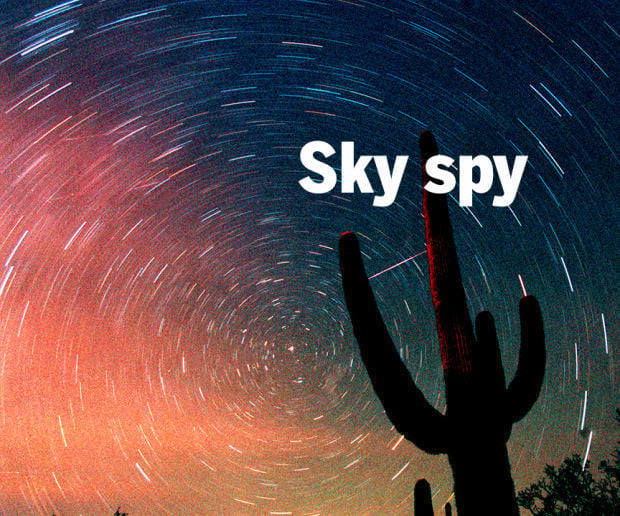Early fall evenings are a good time to see Cassiopeia the Queen of Ethiopia. She will be almost directly north at 9:30 p.m.
Cassiopeia is a bright constellation that is easily recognized even in light-polluted skies. To me, Cassiopeia sometimes looks like a chair or stretched “W” or “M” depending on its orientation in the sky. Around 9:30 to 10 p.m. Cassiopeia will look like a squished, tilted “M” or an upside down chair pointed toward the northern horizon.
Cassiopeia was a proud queen who boasted of her beauty. While it is an ancient constellation originating in myth and legend, Cassiopeia comes to us in its present form from the writings of Ptolemy (circa 83-161 AD) a Greek or Egyptian mathematician and astronomer who lived in Alexandria Egypt.
Don’t forget the morning sky.
On Friday, Nov. 6, sunrise is at 6:45 a.m. Look toward the east around 6 a.m. to see the 25-day-old crescent moon just to the right (south) of Jupiter.
Eight degrees below the moon and Jupiter are red Mars and ever brilliant Venus. Venus is only 1 degree below Mars. On Saturday, Nov. 7, the thin nearly 26-day-old moon almost touches Venus just to the south.
On Sunday, Nov. 8, Jupiter, Mars, Venus, and the very thin crescent moon will be in a nearly straight line from top to bottom, respectively, toward the eastern horizon.





